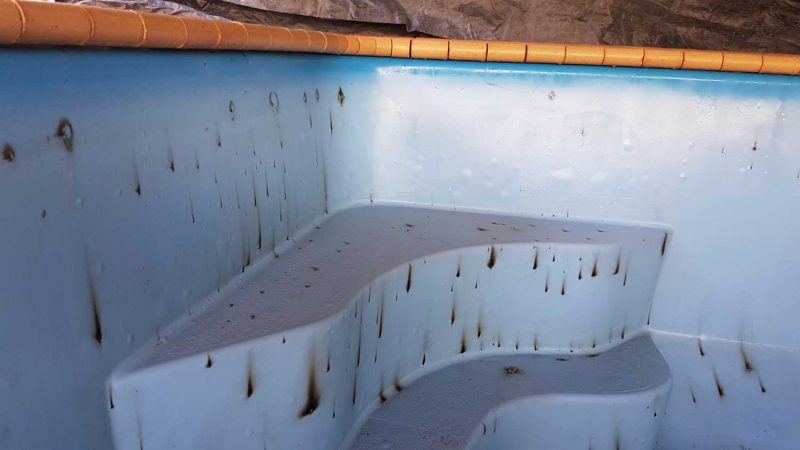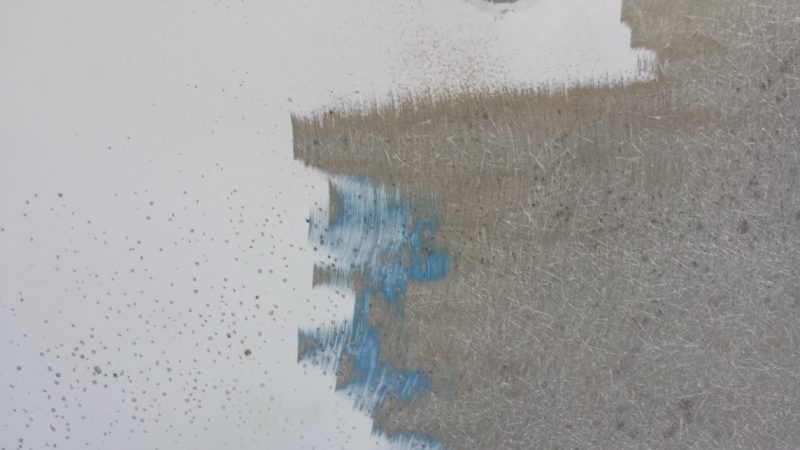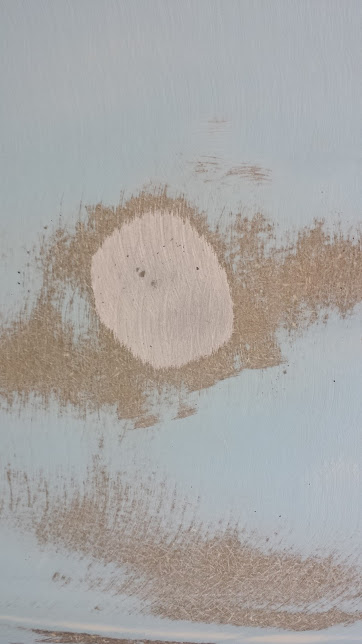Black spots and bubbles
What are the black spots in my pool?
Have you started to develop black spots on the surface of your pool walls? Are there also what look like air bubbles under the surface? These are common pool problems know as ‘black spot’ and ‘osmosis’ and need attention before they become worse.
Let’s take a look at what’s going on.
Contrary to popular belief, these black spots are not rust or algae. They are, in fact, caused by mineral breakdown within your fibreglass shell.
The fibreglass bulk layer that lays beneath your coloured gelcoat surface breaks down over time and tiny pin holes begin to break through the weakened gel coat. This is particularly common of pools constructed in the 80’s.
Black spots will have a hard jelly type feel to the touch. You would think that they would simply wipe away but they are actually almost bonded to the opening of the hole in the gelcoat.


The Perth Fibreglass Pool’s way to remove black spots
When the hole in the gelcoat appears and your pool water mixes with the minerals in the resin it forms this hard jelly type barrier.
Unfortunately, you can never actually get rid of these black spots without having to professionally resurface the pool with fibreglass.
Obviously, a much cheaper option would be to apply a layer of epoxy paint but this will only mask the problem and the black spots will be back within the year. We would never recommend painting a fibreglass pool with these issues. A paint layer will not be a strong enough barrier and soon you will back to square one with a hole in your pocket.
To repair even the smallest black spot, the gelcoat needs to be ground right back to fibreglass, the black spots treated individually and a new vinyl ester fibreglass and resin layer applied, followed by a pool safe gel coat system.
The benefit of this resurfacing treatment is that a properly resurfaced pool will be good for another 10 -15 years!
What are the bubbles on the walls of my pool?
These bubbles are caused by a process called ‘osmosis’ which occurs within your fibreglass pool walls. Over time, the fibreglass reinforcement layer behind your coloured gel coat has developed tiny holes. The fibreglass has become pourus in places and has allowed water to seep through from the outer skin of your pool.
The water eventually tries to break through the gel coat layer on your swimming pool surface and becomes trapped. The trapped water forms a hard bubble and is visible on your pool surface. So, though these bubbles look like air, they are in fact water that will eventually wear down the structure of your pool.

The Perth Fibreglass Pools’ way to remove osmosis
Unfortunately once your pool has started to develop these bubbles, there is nothing that you can do to prevent them or slow them down without a professional resurface. Bubbles can be treated and repaired individually but this involves bracing, then emptying your pool and repairing each bubble. This can be costly / time consuming and leave patchy / discoloured areas around your pool. To ensure these bubbles are eliminated before we resurface, the outer layer of the bubble is ground off and the inner part is dug out with a smaller tool. Note: We make sure that the bubble is completely dry before we apply our vinyl ester putty and continue with the resurface.
This ensures a quality result and a new pool feel that you can continue to enjoy for many years to come.



